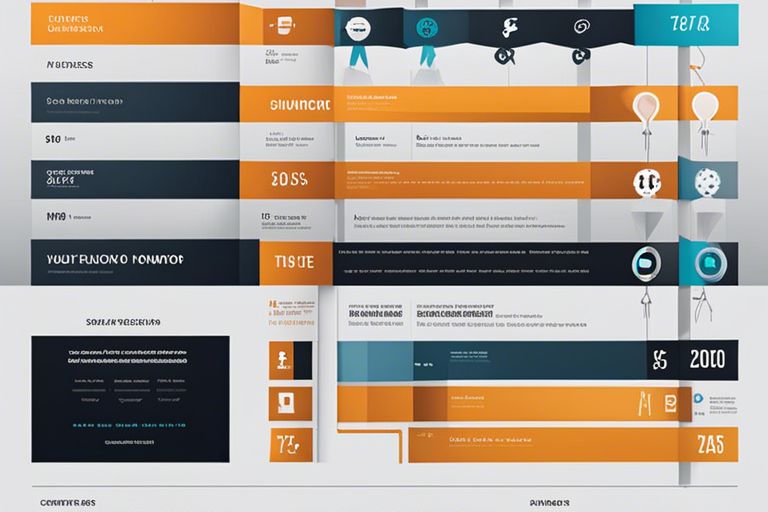Just like a well-crafted map guides us effortlessly through unfamiliar terrain, a user-friendly interface plays a crucial role in navigating complex data landscapes with ease and efficiency. In this informative piece, we explore the impact of a seamless user experience on enhancing data navigation, unlocking insights, and empowering users to make informed decisions.
Enhancing Data Accessibility
Simplifying Complex Data Structures
Accessibility is key when it comes to simplifying complex data structures. By creating a user-friendly interface that breaks down intricate data into easy-to-understand formats, users can navigate through vast amounts of information effortlessly.
Clear Visualizations for Better Insights
Data visualization plays a crucial role in providing a clear understanding of complex data sets. By presenting information in visually appealing formats such as charts, graphs, and infographics, users can quickly grasp insights and make informed decisions based on the data.
This approach not only enhances data accessibility but also improves user engagement and comprehension. Clear visualizations help users identify patterns, trends, and outliers within the data, leading to more efficient decision-making processes.
Improving User Experience
Intuitive Navigation for Reduced Frustration
Assuming users can effortlessly navigate through the data interface reduces frustration and allows for a smoother user experience. Clear labeling, logical organization, and easy-to-access functions are necessary components for intuitive navigation.
Personalization for Increased Engagement
On any data platform, personalization features can significantly enhance user engagement. By allowing users to customize their preferences, such as dashboard layouts or data displays, it creates a more tailored experience that increases their investment in exploring the data further.
As users feel more in control of their data viewing experience, they are more likely to spend time interacting with the information provided. This not only boosts engagement but also fosters a sense of ownership over the data, leading to a more enriching navigation experience.
Boosting Productivity
Streamlined Workflows for Faster Decision-Making
One of the key benefits of a user-friendly interface is streamlined workflows, which can significantly speed up decision-making processes. By having clear navigation paths and intuitive design, users can easily access the data they need, analyze it efficiently, and make well-informed decisions in a timely manner.
Reduced Errors and Increased Accuracy
An imperative aspect of a user-friendly interface is its ability to reduce errors and improve data accuracy. With intuitive features such as drop-down menus, checkboxes, and user-friendly layouts, the chances of making mistakes are minimized. This not only saves time that would be spent correcting errors but also ensures that decisions are based on accurate information.
Decision-making becomes more reliable when users can trust the data presented to them, leading to better outcomes and increased confidence in the decisions made.
Conclusion
Summing up, a user-friendly interface enhances data navigation by simplifying interactions and reducing cognitive load. By incorporating intuitive design elements and clear navigation paths, users can easily access, analyze, and interpret data. This ultimately leads to improved decision-making and efficiency in tasks that require data exploration.

